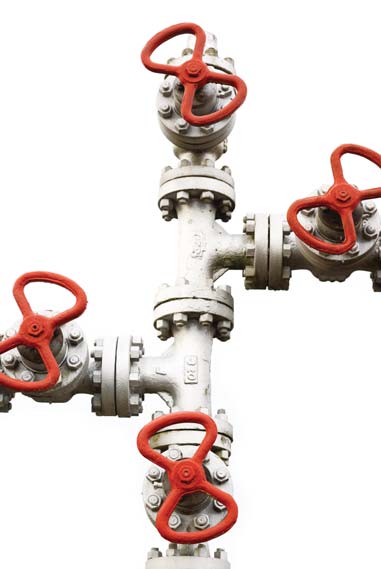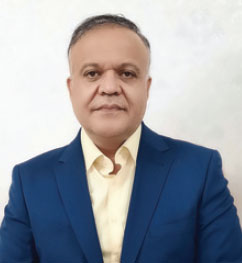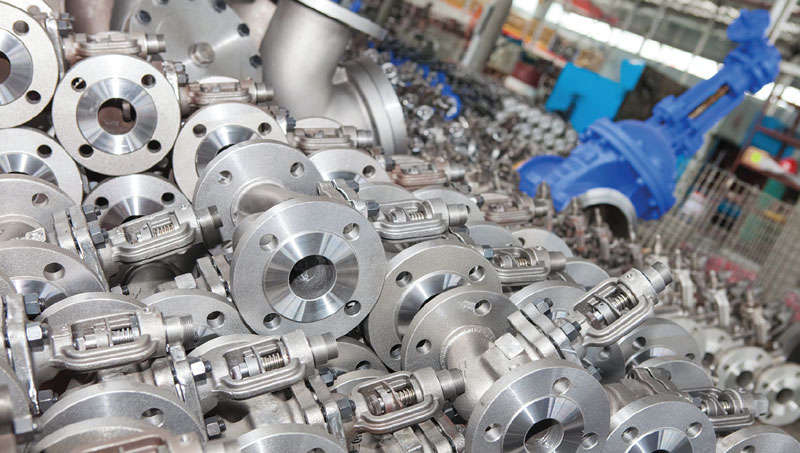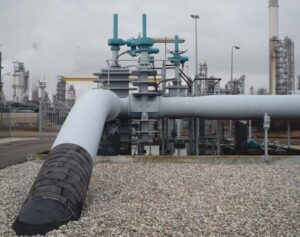Valve asset management assessment and auditing
By Mr. Alireza Aslarabi Sardroudi
In the previous columns, we became acquainted with the general concepts and principles of physical asset management. Then we stated the physical asset management requirements for the implementation of asset management for industrial valves.
In the following columns, we explained the asset management plan during the construction period in the factory, the selection of valves in engineering plans and projects, the operation and maintenance plan, as well as the asset management plan for the removal of valves. In other words, the activities of asset management for the life cycle of industrial valves were reviewed. In the concluding part of this material, the method of evaluating and auditing the physical asset management for industrial valves is stated in order to under-stand how far we are from the optimal level of asset management for the management of industrial valves. We hope to be able to use the capacity of the physical asset management system to improve efficiency, reduce risk, and optimize cost and energy consumption for industrial valves in production, service, and infrastructure facilities.
Principles of auditing based on the ISO 55000 standard

As we stated in part 2, a good standard in the field of asset management has been prepared by the ISO Institute under the name of ISO 55000. However, this document only states the requirements and does not deal with how to implement asset management. Therefore, if we want to state physical asset management for industrial valves we must review the requirements first, then review and evaluate the content of the topics we mentioned in parts 3 to 6 to determine the level of asset management.
This is very dependent on the knowledge of asset management and business experience regarding industrial valves, as well as the knowledge of leading facilities or best practices that have the best type of asset management. These best practices will help us to define the level of asset management excellence for valves and achieve it with an asset management program. Determining the existing level and identifying differences with the excellence level is determined by audit. We try to give readers of this topic a simple and easy audit based on my personal experiences in the industry.
Basics of a simple asset management program
Developing an asset management program requires at least five basic steps. But each of these five steps must consider the seven topics of ISO 55001 (ISO 55000 series), which are stated here as a reminder: Organizational con-text, Leadership, Planning, Support, Operation, Performance evaluation, Continuous improvement. The five main steps that make up our audit system include the following, which at least states the existence of an asset management program for industrial valves:
- Identification of industrial valves
Identification of an industrial valve must be done according to the requirements of design, construction, use in a project, operation and maintenance and complete removal; all maps, documents, history of previous activities and functions, costs, safety incidents. etc. are part of these identifications. - Service level
The importance of all valves in industrial and service facilities will not be the same; rather, their importance will depend on the individual service. Hence after identifying the valves, it is necessary to determine their service level. This level of service can be quantitative, qualitative and functional (for example, main or reservation, continuous or short-term operation as needed). - Criticality index
After determining the service level of the valves, according to their large number in a site, their position should be ranked and sorted in terms of service level, cost and risk, and energy consumption or loss. Generally, the output of this rating classifies valves into one of three categories, namely: vital, important and less important. - Life cycle management
After determining the criticality index of the valves, activities should be defined according to their importance and their costs should be controlled. This part is operational, and according to what stage of its life cycle it is, the corresponding program is defined, such as design, construction, purchase, installation, operation, and maintenance and removal programs. - Financial plan
A financial plan to support industrial valves is effective when it can show a dynamic system for budgeting, cost control-ling and how to provide financial resources in the long term. What is important is the existence of accurate financial data and information from previous records. The existence of a long-term financial plan is very necessary to support the life cycle management of valve assets and their continuous and quality operation.
 Conclusion
Conclusion
Based on the asset management standard series (ISO 55000), implementing a plan based on the requirements of organization recognition, leadership, planning, support, operations, evaluation and continuous improvement is necessary for the management of valve assets. At least this program includes five stages of identification, determination of service level, determination of criticality index, life cycle management and long-term financial plan, which is reviewed in the organization for evaluations and audits.
In the audit of the above five steps, we consider the standard requirements and by comparing the level of asset management of valves with leading and best practice models, we define the action gaps analysis and asset management excellence program for industrial valves. There will be several projects within this excellence program. This will mainly include the development of three groups of systems and software, human resources and physical assets engineering.
A final thought
Physical asset management is a new and up-to-date capacity for employers to optimize efficiency, risk, cost and energy. Using asset management systems for industrial valves is a unique combination of creativity, necessity and a timely and urgent action. Systematic management of valve assets can make us successful in business competition. Throughout this seven-part column, we have endeavored to clarify the importance of this issue and help the community of designers, builders, installers, operators and maintainers. It is my sincere wish to receive any questions, comments and feedback about this column in particular and the topic of asset management in general. Sharing insights and experiences is surely the best way to resolve the complex issues that face us all. Finally, thanks to the editor and officials of Valve World India & Middle East magazine for hosting this important issue.
 About the author
About the author
Mr. Alireza Aslarabi Sardroudi is an expert In physical asset management. Based in Tehran, Iran, Mr. Sardroudi can be reached on: aslearabi@yahoo.com
Mr. Sardroudi has planned seven articles about asset management of valves, as follows:
1: Introduction and overview
2: Requirements of an asset management system for valves
3: Asset management plan for the manufacture of valves
4: Asset management plan for engineering, design and installation
5: Asset management plan for valves during operation
6: Asset management plan for decommissioning valves
7: Valve asset management assessment and auditing
Copies of all columns are freely available!
The author would be delighted to forward the complete series of columns to interested parties. Just drop an email to Mr Sardroudi at: aslearabi@yahoo.com



 Conclusion
Conclusion